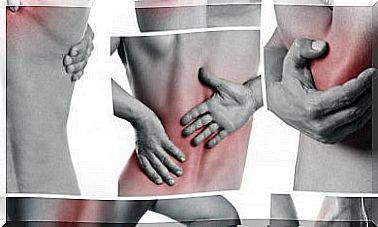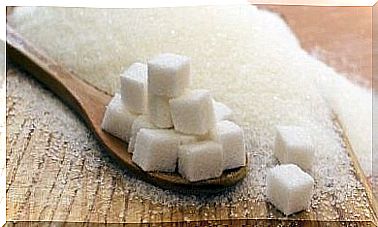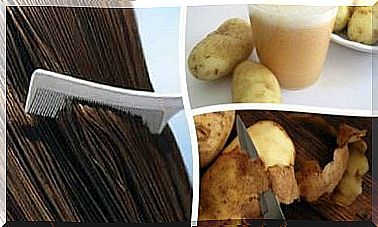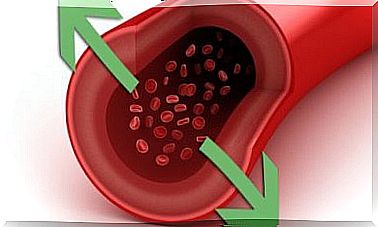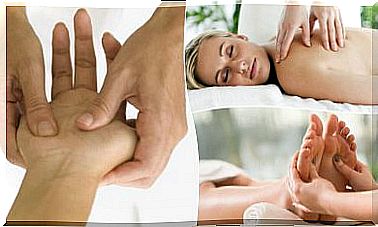Hand And Finger Injuries In Children
What to do if you or your children injure your hands or fingers?
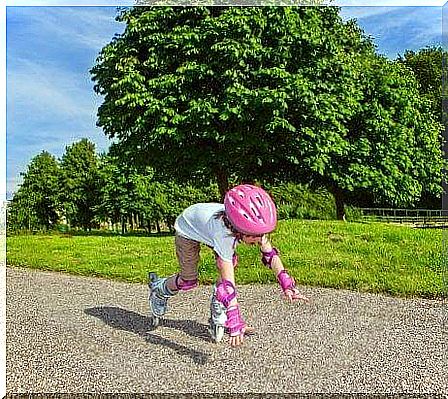
From birth, we are curious to explore our environment. Children put objects in their mouths and touch them because they have experienced their tactile sensitivity. They are therefore the most susceptible to hand and finger injuries.
There is a graphic representation of the sensitivity of the organism called Penfield’s homunculus, first described by Dr. Penfield, a neurosurgeon who became famous in the mid-twentieth century for his work on brain areas.
If we look at this diagram, we can clearly say that the lips and the hands are the largest areas because they are rich in sensory receptors. And it is precisely for this reason that children are so likely to touch anything and put objects in their mouths.
In addition, as children grow older and begin to walk, the balance system develops. So when they fall, putting their hands down is a reflex action to protect the head.
Hand and finger injuries: domestic accidents
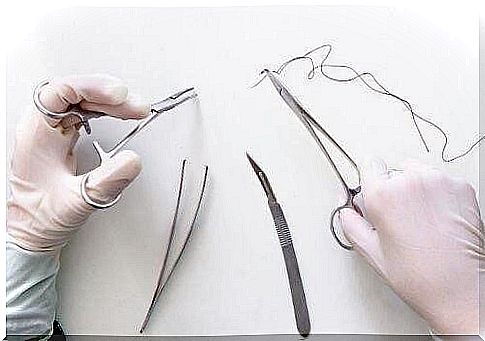
Domestic accidents are the main cause of infant mortality in our environment. Houses are full of dangers for children that should be avoided.
Electrical burns and cuts to fingers are the most common home accidents. It is therefore very important to know which are the most common injuries to the hands and fingers. It is also important to know how to perform the correct treatment to avoid complications.
What are the most common types of hand and finger injuries?
As we mentioned in the previous section, hand and finger injuries are extremely common in children. They can have multiple causes, which is why we will focus on the most common causes:
- Incised wounds : these are called cuts. Children’s skin is very thin, so they can appear by scratching with a sheet of paper, touching the edges of cans or soda, broken glass on the floor, and so on.
- Bruised wounds : they are caused by blows and falls. They are usually associated with bruises and bruises. If the falls are severe, the wrist or any phalanx of the fingers can be fractured.
- Piercing wounds : These are the most complicated wounds to treat, because when an object penetrates the skin, the wound is deeper and presents an increased risk of infection. In this case, make sure that no foreign object remains in the fabric and disinfect the area very well.
- Friction wounds : these are the scratches that occur when the skin is rubbed against the ground during a fall. They are usually typical of the knees, but can also appear on the hands (as in the case of a fall from a bicycle or in the schoolyard).
How to treat wounds on the hands and fingers?
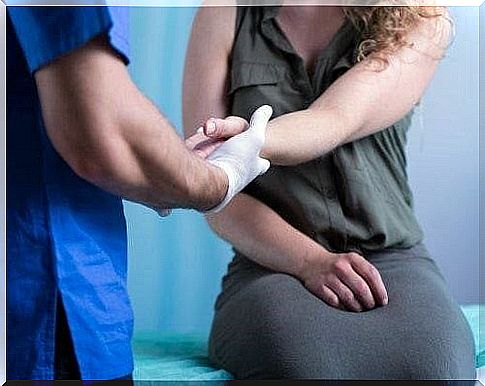
Regardless of the type of wound, there are a number of general guidelines to follow to prevent infection. First of all, make sure that there are no foreign bodies inside the skin and clean the area.
The skin is full of small capillaries, so even though the wound is very shallow, it can still bleed a lot. If we apply cold water or ice (preferably with gauze to avoid direct contact with the skin), we get vasoconstriction of the vessels. Plus, the cold helps reduce inflammation.
Then you have to disinfect the wound area. There are commercial solutions, like povidone iodine or chlorhexidine, which are already prepared and very effective. In addition, they are usually sold with a spray, so that access to the skin is complete.
If the wound still does not improve or if it is a dirty and penetrating wound, we recommend that you go directly to the doctor and check the vaccination record. Suturing may be necessary to avoid the risk of complications and promote healing.
